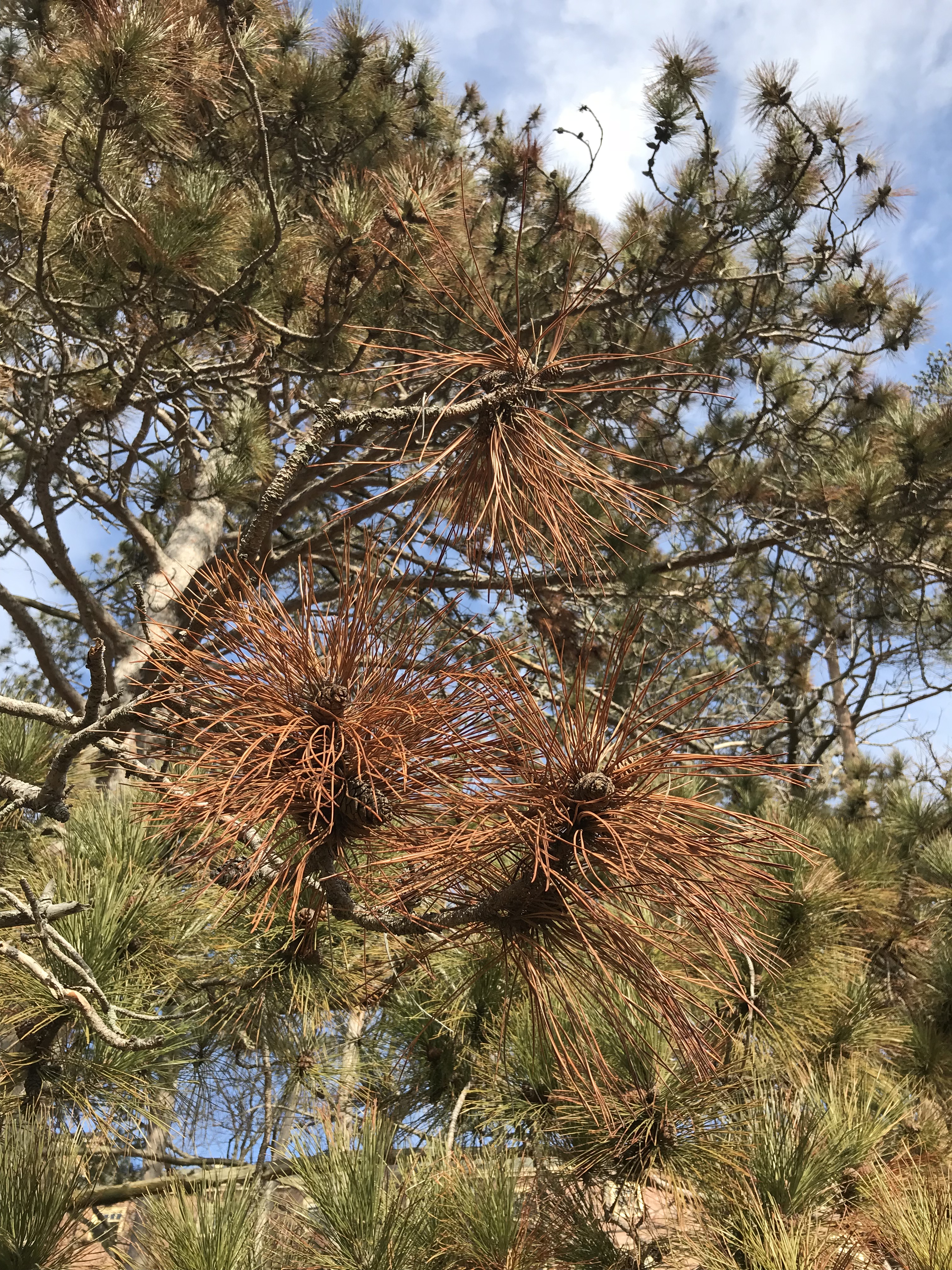

Bob Blanchette has been researching WPBR for many years, and helped developed the resistant cultivar in 2011. Pinus strobus, commonly called the eastern white pine, northern white pine, white pine, Weymouth pine (British), and soft pine is a large pine native to. The early settlers utilized Eastern White Pine for everything from shipbuilding (the tall, straight, large. Perfect for large, open spaces or under the canopy of taller trees likes Aspens and Birches, the Eastern White Pine is adaptable to your large landscape. It grows best in the cooler northern latitudes, and its botanical range extends from eastern Maine west to Minnesota, and through the Appalachians as far south as Georgia. The Forest Pathology Lab at the University of Minnesota, under Dr. Eastern White Pine is a tree native to eastern North America. Eastern White Pine began the lumber industry in the United States. It is caused by the fungus Cronartium ribicola, which uses plants in the genus Ribes, such as gooseberry or currant, as an alternate host. White Pine Blister Rust is a major fungal disease that has devastated native stands of eastern white pine. In 2011, the Minnesota Agricultural Experiment Station at the University of Minnesota helped develop ‘Patton’s Silver Splendor,’ a cultivar of eastern white pine that is resistant to White Pine Blister Rust. Eastern white pine is also the state tree of Michigan and Maine.

Needles measure anywhere from 5 to 15 cm (2 to 6) long, are three-sided, finely toothed, and occur in bundles of 5. The needles are light, bluish-green, soft, straight and slender. Leaves/Needles Being a conifer, the pine has needles, not leaves. The species is sometimes used as a Christmas tree, and has become a popular landscape tree due to its attractive needles and large stature. The eastern white pine can grow to be more than 40 metres tall. Fighting over access to Eastern white pine stands caused the “Pine Tree Riots” among American colonists, and helped lead to the war. They grow in a somewhat irregular shape, with a mature width of 20 to 40 feet at the base. During the American Revolutionary period, Eastern white pine was a popular species for ship masts. Mature eastern white pine trees can reach massive heights of 50 to 80 feet. Its wood is light and durable, and useful for lumber. The abundance of eastern white pine in the Upper Midwest facilitated westward expansion of European and American colonists and it became a major timber species in the area. The species is known as the Great Peace Tree, with its five needles representing the unity of nations in the confederacy, and its broad branches representing shelter. Eastern white pine is one of the major symbols of the Haudenosaunee Confederacy, also known as the Iroquois Confederacy.


 0 kommentar(er)
0 kommentar(er)
